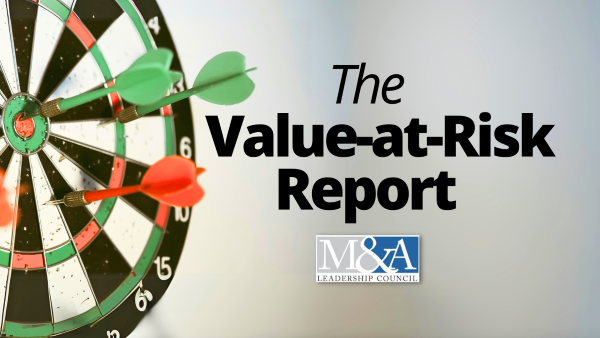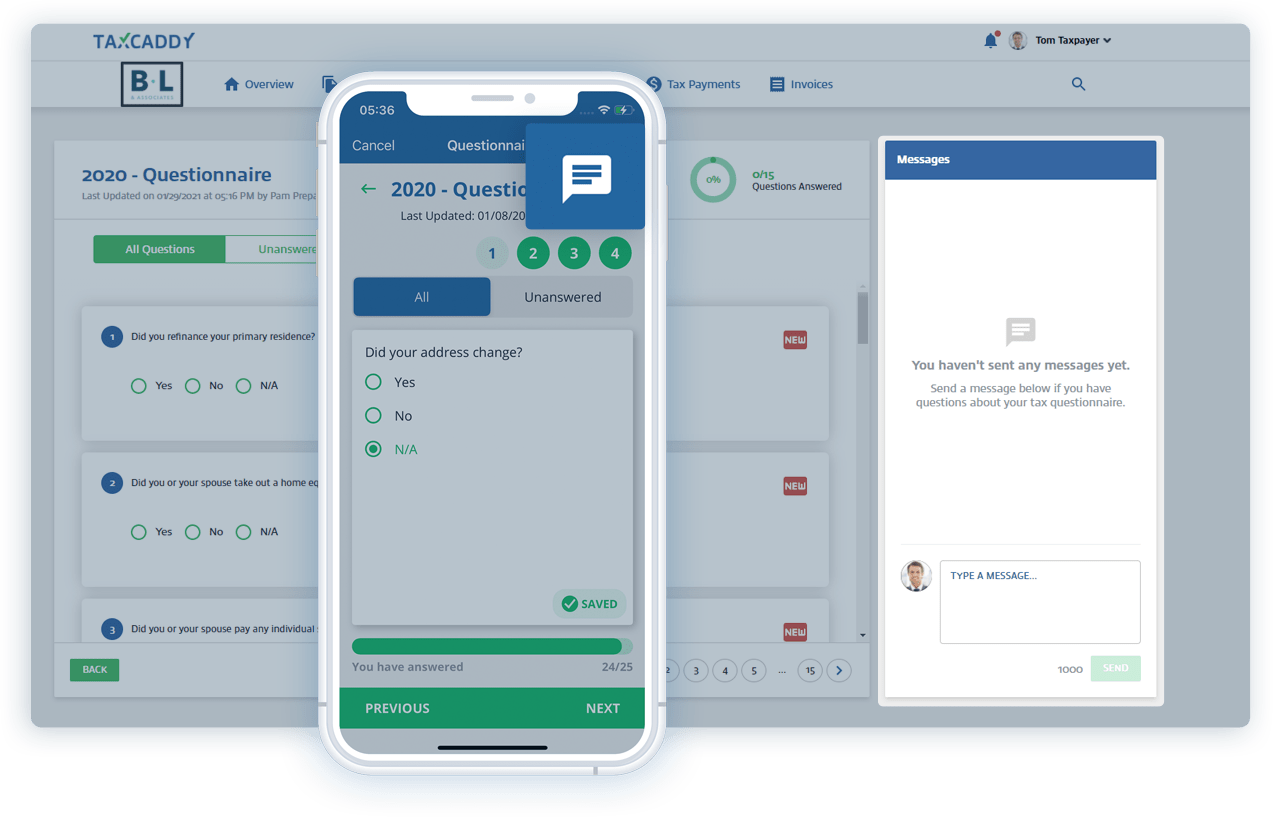The States, the Taxes on Income of Tipping Workers and their States
Both Democratic presidential nominee Kamala Harri and Republican presidential candidate Donald Trump have pledged that tip income will be exempt from tax if they are elected. Howard Gleckman, a TPC colleague, has written about the design and administration challenges these plans pose. Each state has different rules on how to pay tipped workers. And in 41 states with income taxes, legislatures would need to decide whether to exempt tips from state income taxes if Congress enacted a federal tip exemption.
Which states have the highest shares of tipped workers?
Ernie Teshechi of the Yale Budget Lab estimates that about 2 percent of workers across the country work in jobs that regularly receive tips. While a variety of workers in different sectors receive tips (like hairstylists or dogwalkers), most tipped workers are in the hospitality industry.
However, shares of tipped workers vary by state. Tipped workers make up more than 5 percent in Nevada but less than 1 percent Washington, DC and Colorado. Nevada, with its notably large leisure and hospitality sector, is a regional outlier, but generally, tipped workers make up larger shares of the workforce in Southern states.
Across the states, women are more likely than men to be tipped workers. Women made up more than 71 per cent of all tipped workers in June 2024, even though they only made up 47 percent of the total workforce. How do tips interact with the minimum wage laws of each state?
How does tipping interact with minimum wages in each state?”
Hourly minimum wages in states range from $7.25 federal minimum in 20 states up to $16.28 Washington state. Washington, DC has the highest minimum wage of $17.50. Some local governments in a state have a higher minimum wage than the state minimum. In New York, for example, the state minimum wage is $15, but in New York City, and the surrounding counties, it is $16.00.
–
–
However in many states employers are not required to pay the minimum wages to workers who receive tips. Employers can pay a lower “tipped-minimum wage” to these employees, if their workers cover the difference with tips. This $5.12 difference from the federal minimum wage is called “tip credit.” That $5.12 difference from the federal minimum wage is the “tip credit.”
Among the states with their own tipped minimum wage laws, tipped minimum wages range from $2.23 in Delaware to $12.75 in Hawaii. The gap between the tipped minimum wage and the standard minimum wage indicates which workers will need more tips to close the gap. In seven states, the state minimum wage and tipped wage are the exact same. Employees in these states can still earn tips on top of the minimum wage.
Proponents argue a single minimum wage prevents employers from underpaying their employees, among other abuses. Chicago, for example, has recently begun to phase out its tipped minimum wages and move towards a single minimum. Chicago’s Office of Labor Standards published research on the prevalence of workplace tip violations and the income insecurity facing workers who rely on tips, and recommended eliminating the tipped minimum wage.
Meanwhile, opponents such as representatives of the restaurant industry argue that eliminating the tipped minimum wage increases labor costs. They claim that this increase in labor costs will lead to higher prices and a decrease in their ability compete.
How could exempting tips affect state tax collections?
States with income taxes often “conform” with federal tax rules and definitions, including the definition of income, to simplify filing and enforcement for taxpayers and tax administrators. In 18 states, the federal law will take effect automatically due to “rolling conformity” and lawmakers will have to act in order to overturn it. 19 other state legislatures will need to pass legislation (known as “static conformity”) to adopt the tipped-income exemption. The first hurdle is administrative. If a filer reported tips on federal forms but deducted them, states could add tips back to their taxable income. If a filer didn’t have to report tips on federal tax forms, states would need to collect an additional piece of information from employers and taxpayers.
The other hurdle is political: As with some other federal tax exemptions, it might be politically difficult to tax something when the federal government does not.
Still, a state’s exemption of tip income will have a fiscal cost. Montana decided to tax tip income after years of exemption. Montana estimated tip exemption cost the state $6 million or 0.3 percent of individual income tax collection in 2021. This is not a huge amount of revenue but it would require a tax increase or slashing of spending to compensate for any loss. If high-income workers could shift their earnings to tips, the state revenue losses would be much higher.







